Mistletoe: Origins and Traditions
As soon as December arrives, clusters of mistletoe start appearing – suspended in doorframes, hanging over thresholds, tied with ribbon above head height. Why is this plant a quintessential Christmas decoration and what are the origins of kissing underneath it?
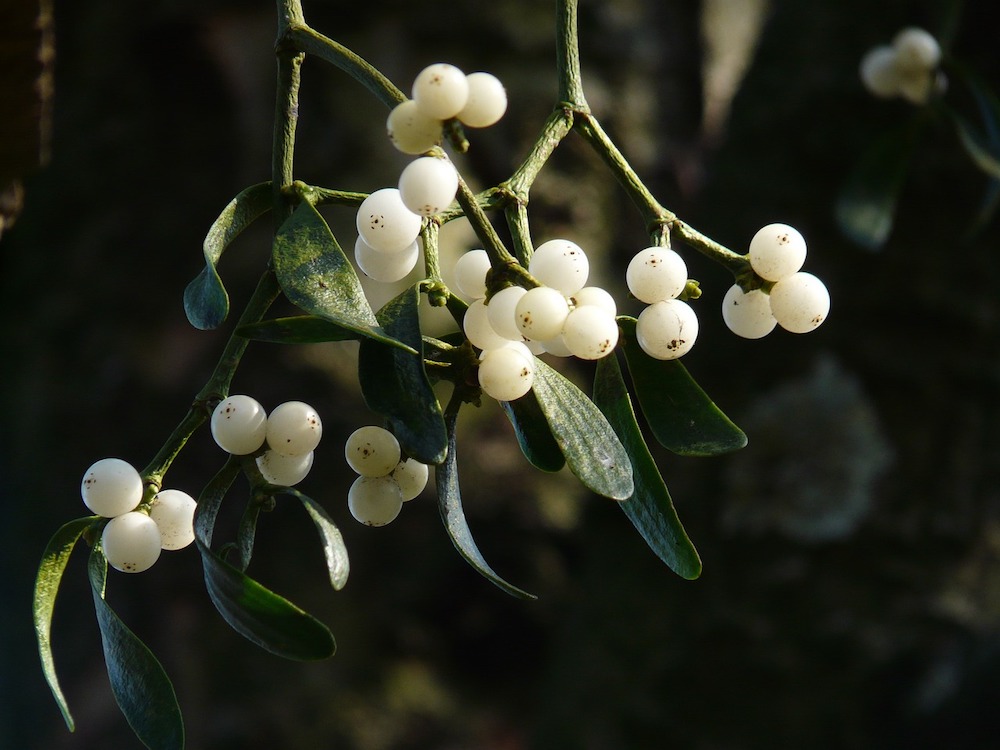
What is Mistletoe?
It is an evergreen flowering plant that grows as a parasite, attaching itself to host trees like oak, maple, elm, and pine to gain water and nutrients. There are over 1,300 species worldwide. It produces small white berries and has thick, waxy green leaves. It tends to grow in a round, hanging shape, with new stems branching off an original root system.
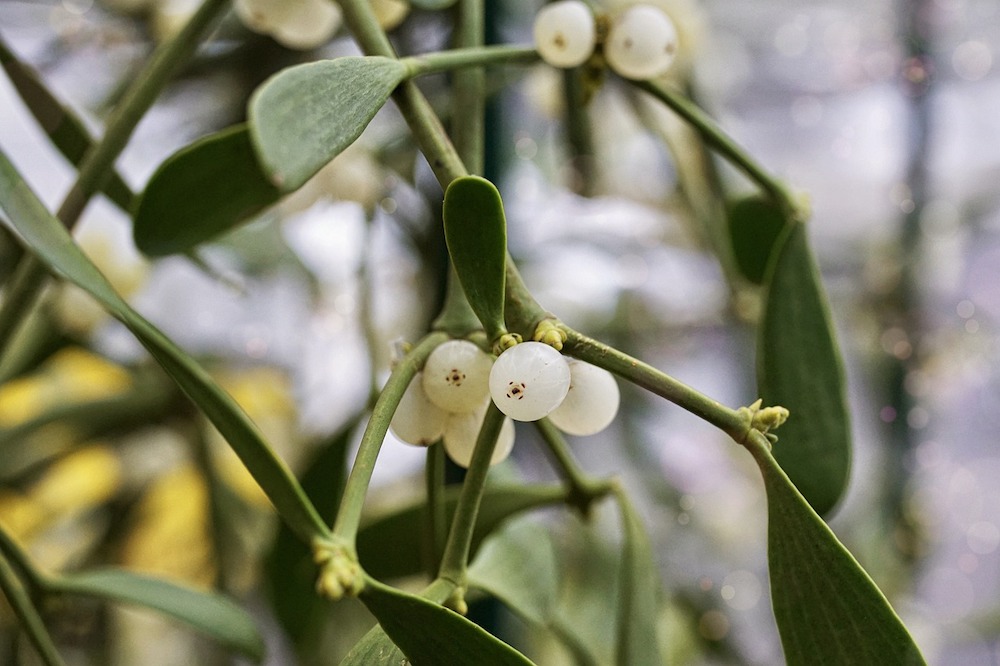
A Symbol of Love and Luck
Legend has it that mistletoe was a symbol of love, fertility, and good fortune by ancient druids. They believed that it held mystical powers that could bring good luck and ward off evil spirits. Over time, this belief evolved into a charming holiday tradition.
In the 18th century, the custom of kissing under the mistletoe gained popularity in England. It was a simple rule: if you found yourself standing under it with someone, a kiss was in order. It became a playful way to celebrate the holiday season and spread joy and love.
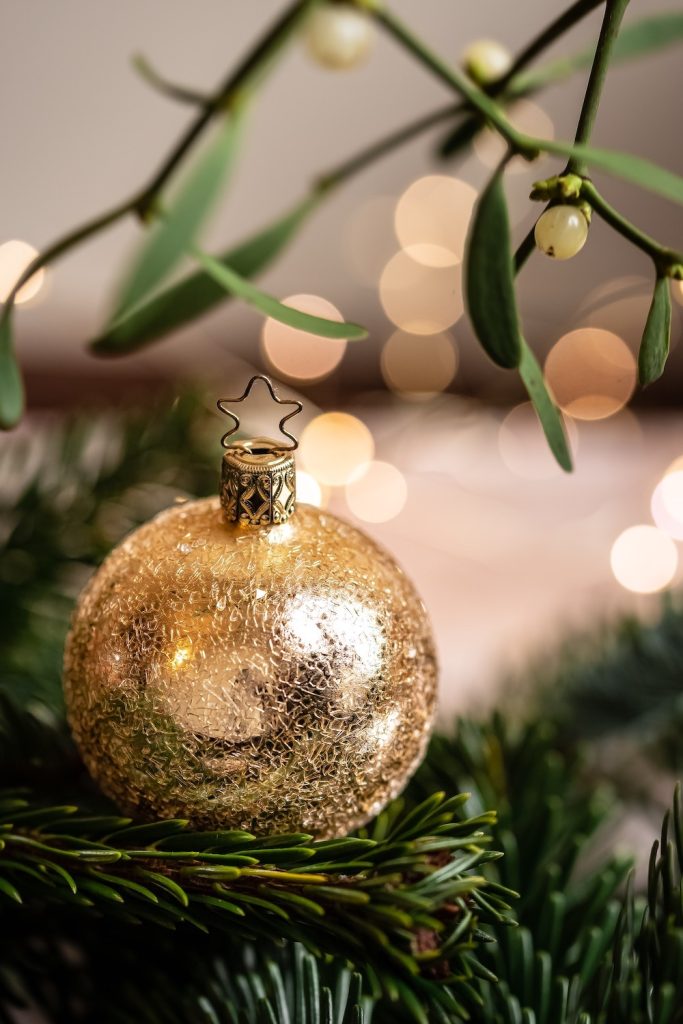
Mistletoe Customs Around the World
While most associated with Christmas today, mistletoe traditions have varied worldwide:
- Celtic Customs- In some Celtic traditions, mistletoe was hung over doorways for protection, burned to ward off evil spirits, and placed under pillows to induce prophetic dreams.
- North America- The tradition of kissing under the mistletoe is a well-loved custom. People hang it up in homes, at holiday parties, and even in public places. It’s a fun and lighthearted way to share love and laughter during the festive season.
- England- They called it “all heal” in ancient England for purported medicinal properties. Sprigs were good luck tokens. England has a long history of kissing under the mistletoe.
- Sweden- In Sweden, the plant warded off trolls and evil creatures.
- France- In some parts of France, the day mistletoe berries appear is “La Fete de Gui” or “mistletoe day” when people go harvesting.
Why Do We Kiss Under Mistletoe?
Many attribute kissing under mistletoe to ancient fertility rituals or Norse legends of romance between Baldur and Frigga. But the tradition really took off in 18th-19th century England as it regained popularity during the Victorian era and spread to America.
Courtship Custom- At events, unmarried ladies would stand under mistletoe to signal they were looking for a kiss. Gentleman then obliged them with a smooch. It evoked themes of romance.
Acceptable PDA- Mistletoe provided a rare excuse for unmarried men and women to kiss at a time when such public displays of affection were strictly taboo. The tradition thus grew dramatically.
Whimsical Nature- Mistletoe kisses appealed to Victorian whimsy. The floating white berries lent a lighthearted element compared to formal courting. The practice fit with other traditions like calling cards, and holiday balls.
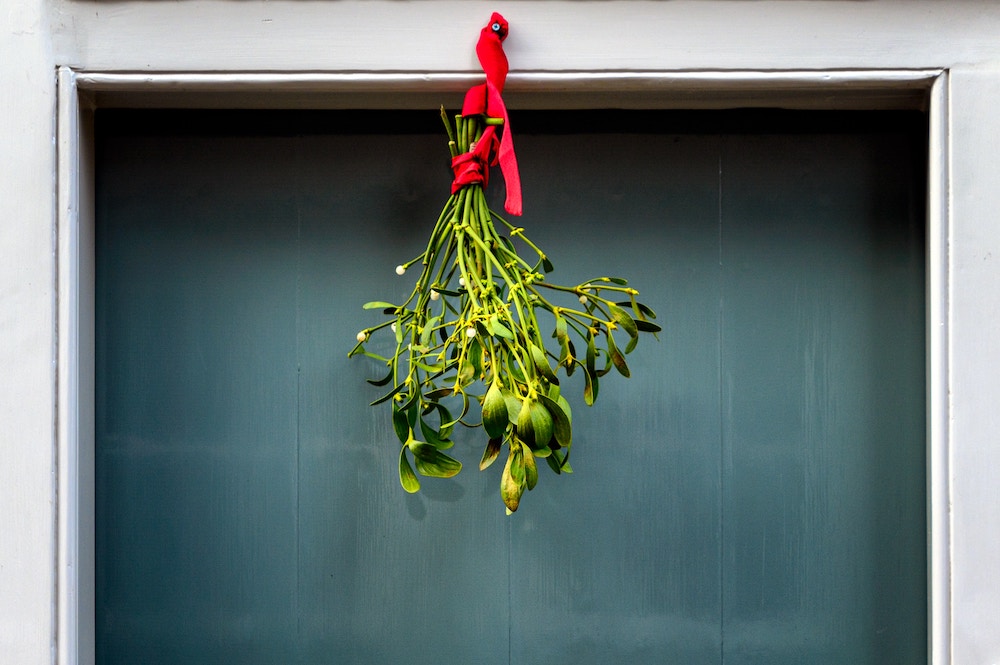
Mistletoe vs. Holly: A Festive Foliage Face-off
Ah, mistletoe and holly—two iconic plants that adorn our homes during the holiday season, each with its unique charm. While both plants are synonymous with Christmas, they have distinct characteristics that set them apart.
Mistletoe
With its soft, green leaves and white berries, it has long been associated with love, luck, and ancient rituals. It’s a symbol of vitality and renewal during the winter months. Customarily, you hang it from doorways, and standing under it grants you the opportunity for a holiday kiss.
Holly
On the other hand, holly is glossy, with spiky leaves and vibrant red berries. This evergreen plant symbolizes immortality and fertility in many cultures. Holly is a popular choice for wreaths, garlands, and table centerpieces, adding a cheerful touch to homes during the festive season.
How to Make a Mistletoe Kissing Ball
Part of mistletoe’s appeal is that it one can easily craft it into a kissing ball decoration:
Gather Supplies
- Fresh mistletoe berries and branches or artificial stems
- Floral wire
- Ribbon
- Scissors
- Wreath ring base
- Arrange Stems- Gather mistletoe into small bunches and cut stems. Use floral wire to wrap and attach stems to a wreath ring base in a round kissing ball shape.
- Add Ribbons- Accent with ribbons tied into bows or cascading down like streamers. Choose colors like red, white, silver, or gold.
- Hang It Up- Once your kissing ball has volume, hang in an entryway or from the ceiling.
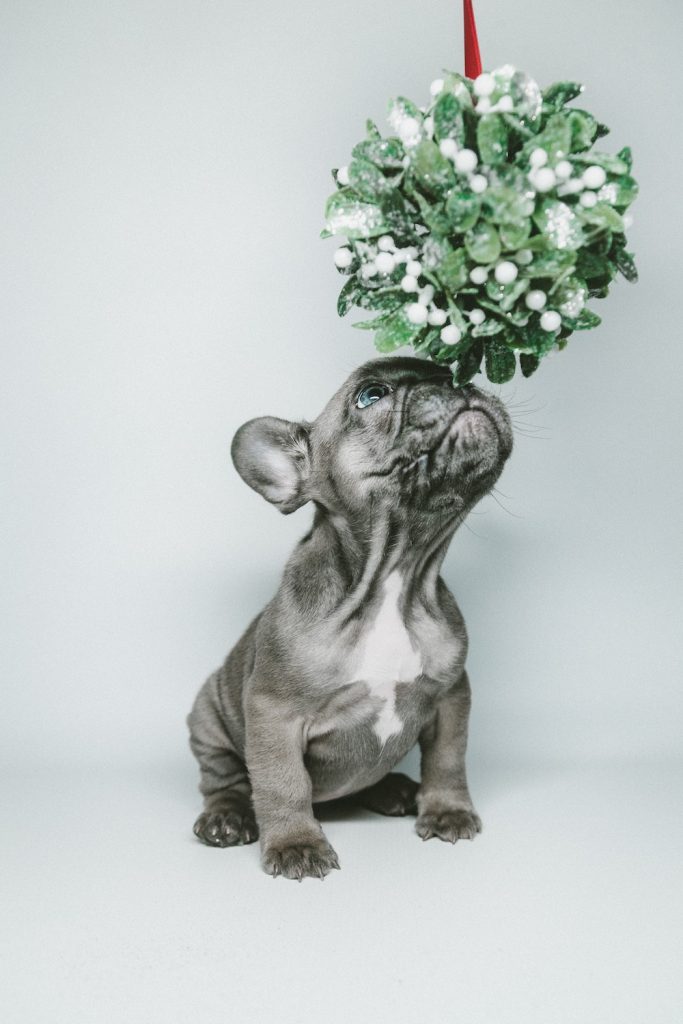
Mistletoe has been part of winter festivals and romance for centuries across many cultures. Though once believed to have mystical powers, today this plant remains a lighthearted holiday tradition. While the origins of kissing under the mistletoe may be murky, the practice continues to spread joy and merriment during the Christmas season. Whether you embrace a quick peck for the experience or avoid it out of shyness, it ensures December is complete with togetherness, laughter, and a bit of harmless mischief. So next time you find yourself under one of those clustering green sprigs, consider partaking in a custom that has spanned ages and countries. After all, ‘tis the season!
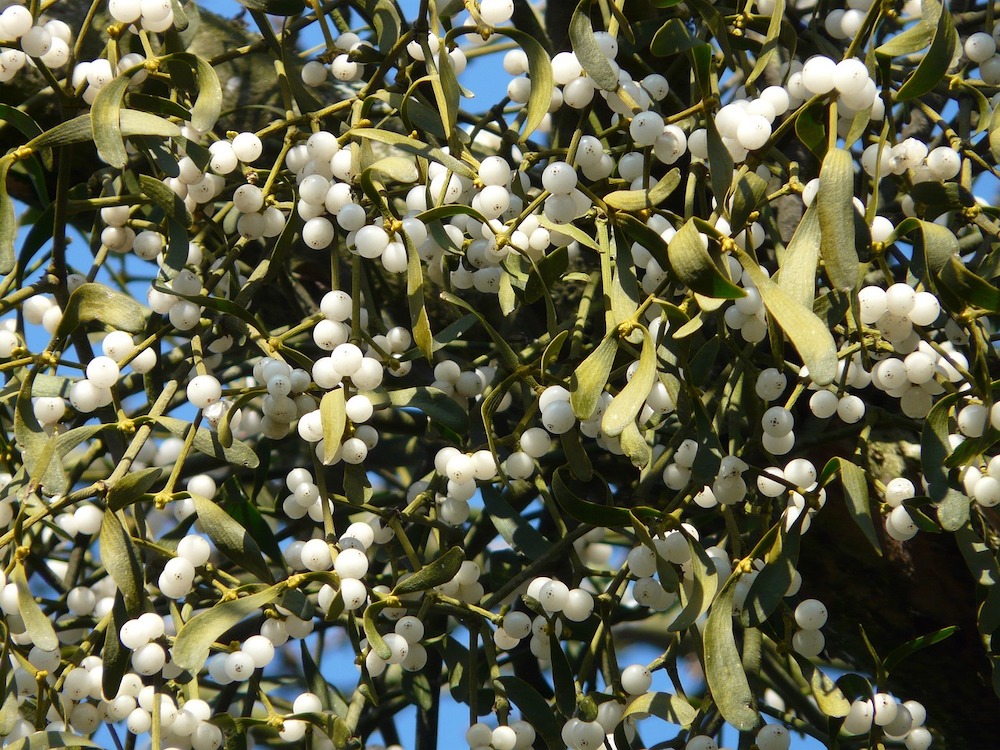
So interesting. I never knew the origin of this!